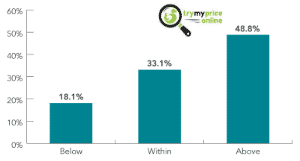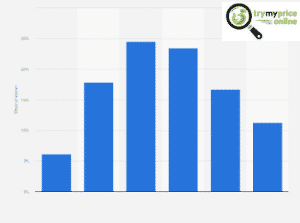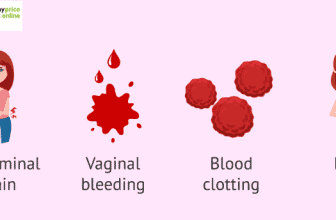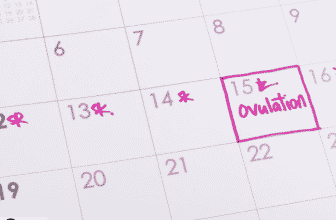
Pregnancy weight gain chart, Women’s bodies and everyday activities might undergo major alterations during pregnancy. One of them is gaining weight to ensure adequate nutrition for the fetus’ development and to store nutrients in readiness for breastfeeding. While weight growth is natural and required during pregnancy, research has shown that particular weight gain ranges for a given BMI result in better results for both the fetus and the mother using the pregnancy weight gain chart.
Related: B6 And Unisom during Pregnancy: Is It Safe?

extremely faint line on pregnancy test barely visible
Pregnancy weight gain chart
Pregnant women should gain only 1-4 pounds during the first three months of pregnancy, then one pound every week for the balance of the pregnancy. By eating an extra lunch plus a glass of milk or boiled potatoes plus 2 ounces of meat plus an apple, you can gain 1 pound every week.
A pre-pregnancy BMI weight increase guideline is available from the Institute of Medicine.
Keep in mind, however, that these are just ideas, and that women’s weight gain differs.
As a result, a healthcare professional should be contacted to determine each person’s specific needs.
You can download a pregnancy weight gain guide from amazon
Related: Glucose test pregnancy and its importance
Suboptimal weight increases may cause difficulties.
Insufficient or excess Pregnancy weight gain chart can have negative consequences.
Excessive Pregnancy weight gain chart growth can lead to labor problems, giving birth to much larger-than-average fetuses, postpartum weight retention,
And an increased likelihood of needing a cesarean surgery.
Related: Pregnancy test calculator week by week

does faint positive pregnancy test mean miscarriage
What should you consume while pregnant?
What a woman eats or doesn’t consume during pregnancy can have a big impact on her baby’s health.
Although there is much debate about what a person should or should not eat during pregnancy, and it varies by culture,
There is no one-size-fits-all formula that guarantees a healthy baby.
While parents should be mindful of what they put into their bodies, a stringent nutritional plan is not required during pregnancy.
Eat a variety of vegetables, fruits, whole grains, lean meats, and healthy fats, as well as general healthy dietary guidelines.
Certain nutrients, on the other hand, can be especially beneficial to a healthy baby’s growth and development.
Related: Protein creatinine ratio pregnancy calculator and its usage
Folic acid and folate
Folate and folic acid are two nutrients that can help avoid birth abnormalities.
Folate, in an instance, protects against neural tube malformations and probable brain and spinal cord abnormalities.
It’s also been demonstrated to reduce the chances of premature birth.
Folic acid is a synthetic form of folate, a B vitamin that can be obtained in fortified foods or taken as a supplement.
Folic acid can also be obtained by the consumption of some green leafy vegetables (spinach), citrus fruits (oranges), dry beans, and peas.
Related: Early pregnancy discharge in detail
Calcium
Calcium is important for the efficient functioning of the body’s cardiovascular, muscular,
For healthy bones and teeth, as well as neurological processes.
Dairy products including milk, yogurt, and cheese are high in calcium.
Non-dairy foods that contain it include spinach, salmon, broccoli, and greens.
Pregnancy weight gain chart

All in all, About the pregnancy weight gain chart, This is not an entire list of foods to avoid during pregnancy; if you’re unsure, speak with a medical chevalier. In general, eating healthy foods and paying specific attention to foods that are proven to be good or harmful to babies can give your baby a higher chance of being healthy.
References:







